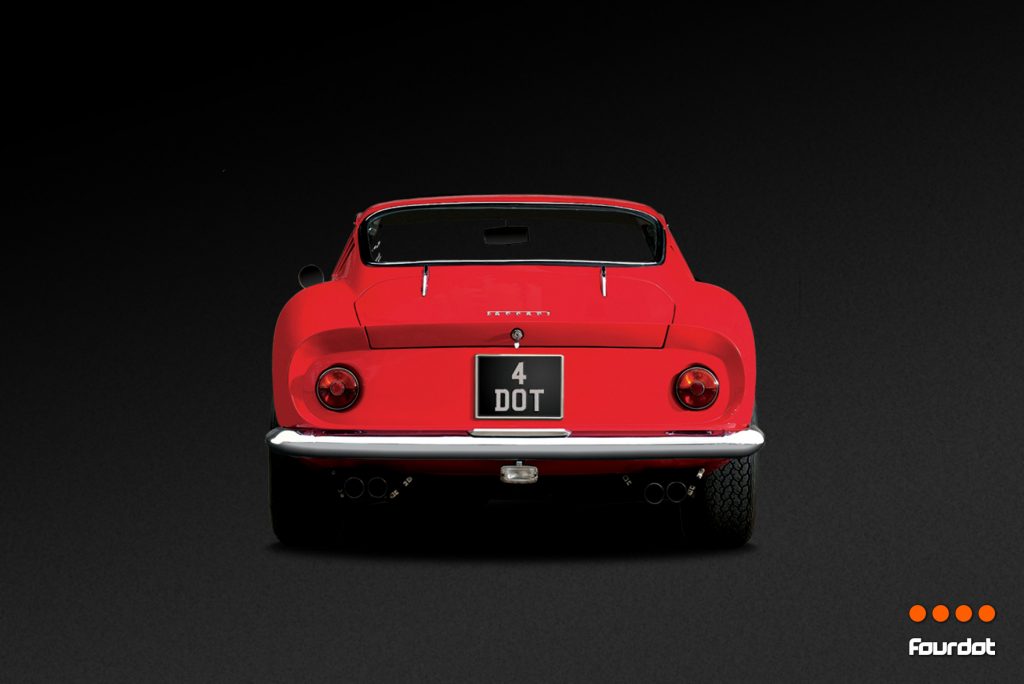The history of the number plate is rife with bloody battles, fierce political conflicts and thrilling suspense.
Not really but we had to peak your interest (most of this post is true but there may be a smidgen of superfluous adjectives to make it sound interesting).
Amazingly the first UK number plate appeared on vehicles in January 1904 alongside the Motor Car Act in 1903 and was met with much confusion and awe. As motor cars became faster and more numerous (some could reach speeds of 20mph which was pretty impressive back then and quite tiresome for the guy in front with the flag), the UK roads the Act implemented the first attempt at regulation for vehicles on the public highways. The act covered three main areas:
- Penalties for reckless driving
- Increase to the speed limit
- Introduction of vehicle registration – the number plate
Number plates weren't always the pleasing slabs of yellow and white we have now, oh no, back in the day they were black with silver or white letters ranging from 2 to 6 characters. The registrations were made up of a one or two letter code which was to identify the local authority of the registered vehicle followed by a number from 1 to 9999. To put that into perspective, the most desirable plates such as A1 and F1 which go for over £1million date back to almost a century ago, ancient eh! From 1932 to 1963 there were only a couple of changes, mainly to increase the character limit due to more vehicles being on the road and the addition of an extra letter character, which led to the first grouping of banned registrations such as ARS, BUM, SEX to name butt a few (pun intended).
The black and white UK number plates stayed in place until 1973 when they were replaced by the yellow rear and white front reflective number plates we see today. Only the very eager in 1968 (think new iphone owners) had these plates to begin with as they were only made compulsory 5 years later. At the same time the DVLA (Drivers and Vehicle Licensing Agency) was born, taking full control away from local authorities for the registration of vehicles in the UK.
UK number plates remained stagnant stylistically until the present day, with the exception of the new blue EU zone in 1998 enabling us to drive all over Europe without putting one of those pesky stickers on our car.
One thing ALL number plate suppliers must do is legally conform to BS AU 145D, which governs the modern appearance or number plates in the UK. I add the all in bold capitals as we all know this isn't strictly true as you can see if you stand by the side of the road for 5 minutes looking at car registrations (not that I do that too regularly, honest). You'll see all kinds of wonderful spacing, black screw covers etc making all kinds of words and phrases.
The first challenge to the interpretation of BS AU 145D was made by us, Fourdot, in 2014. Where we introduced custom designed plates individually shaped for specific vehicles. Using our online configurator you can add colours and design choices to suit your vehicle. Most notably we've managed to shape the reflective area to create a better fit for the cars without jeopardising the rules and legality outlined in the British Standard. This is one of the only examples of a company redesigning number plates rather then providing them to the market using stock components purchased from a BNMA (British Number plate Manufacturing Association) supplier.
We're proud of what we're doing and we intend to do this to the best of our abilities.




